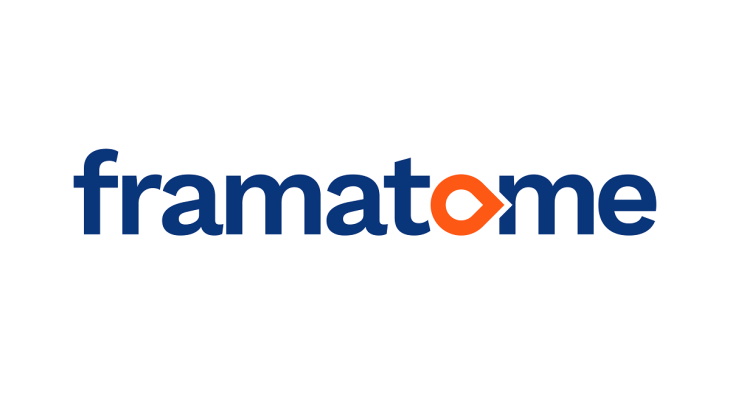The additive manufacturing project was initiated in 2015 at Framatome's prototyping laboratory in Erlangen, Germany. It focuses on additive manufacturing for stainless steel and nickel-based alloy fuel assembly components. The project involves Framatome fuel experts from France, Germany and the USA, in close collaboration with customers worldwide. Framatome said the project is also supported by the European Union and US Department of Energy programmes and relies on international laboratories and companies recognised for scientific advances in additive manufacturing.
"We are very interested in the innovation and opportunities offered by additive manufacturing of nuclear fuel," said Gaëtan Girardin, head of Nuclear Technology at the Gösgen plant. "We continually explore technological advancements that drive the efficiencies and performance of our plants. This is why we decided to be the first to introduce these experimental components in our power reactor."
Framatome plans to launch additive manufacturing for its industrial manufacturing of fuel assembly components for pressurised water, boiling water and VVER reactors. It noted the technique is also regularly used for other nuclear fuel applications such as rapid prototyping, and manufacturing of test components and fuel production line tools, in-reactor fuel inspection and repair services tools, research reactor fuel assemblies, and uranium metal medical targets.





_47120.jpg)

_23621.jpg)






